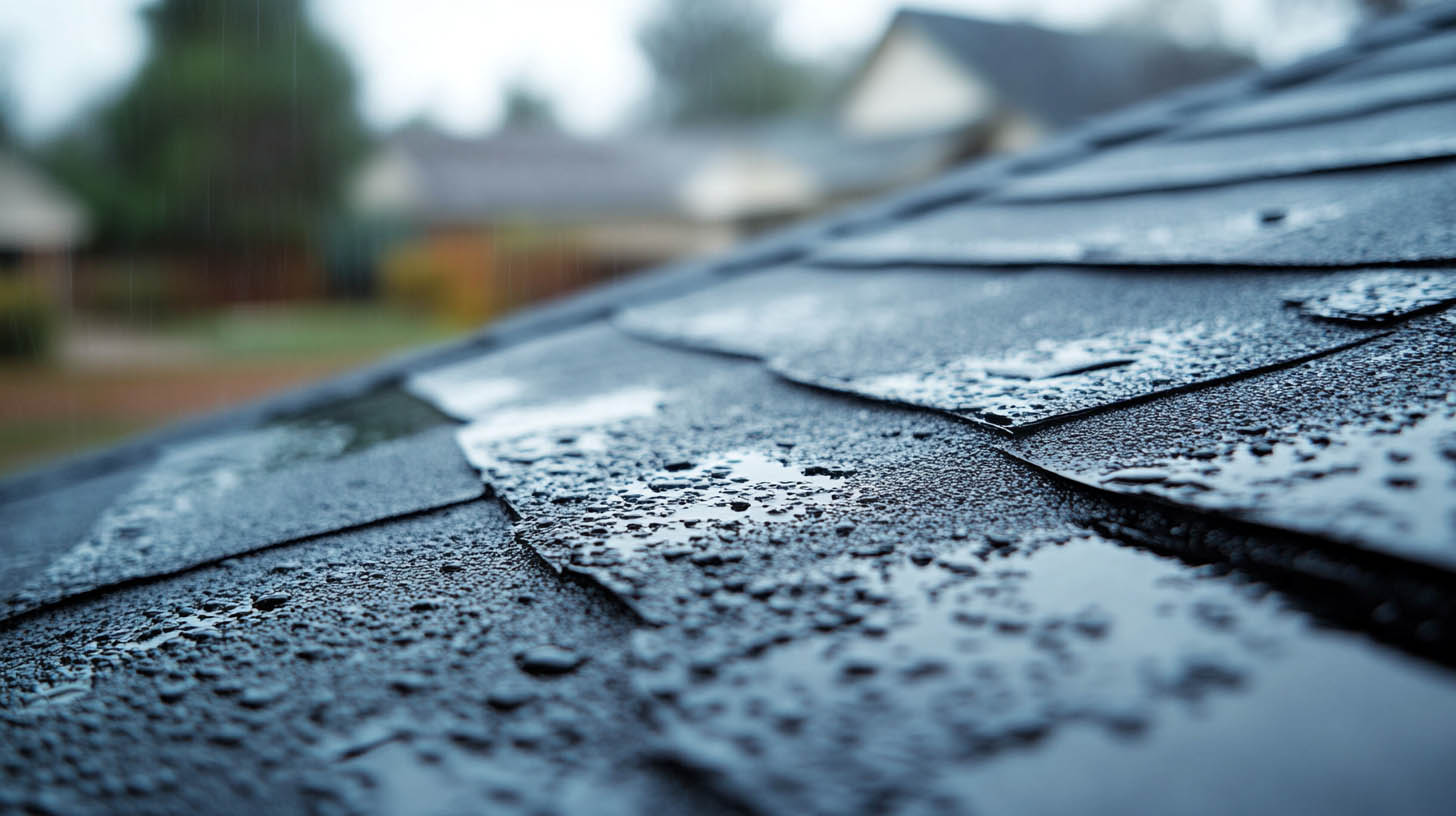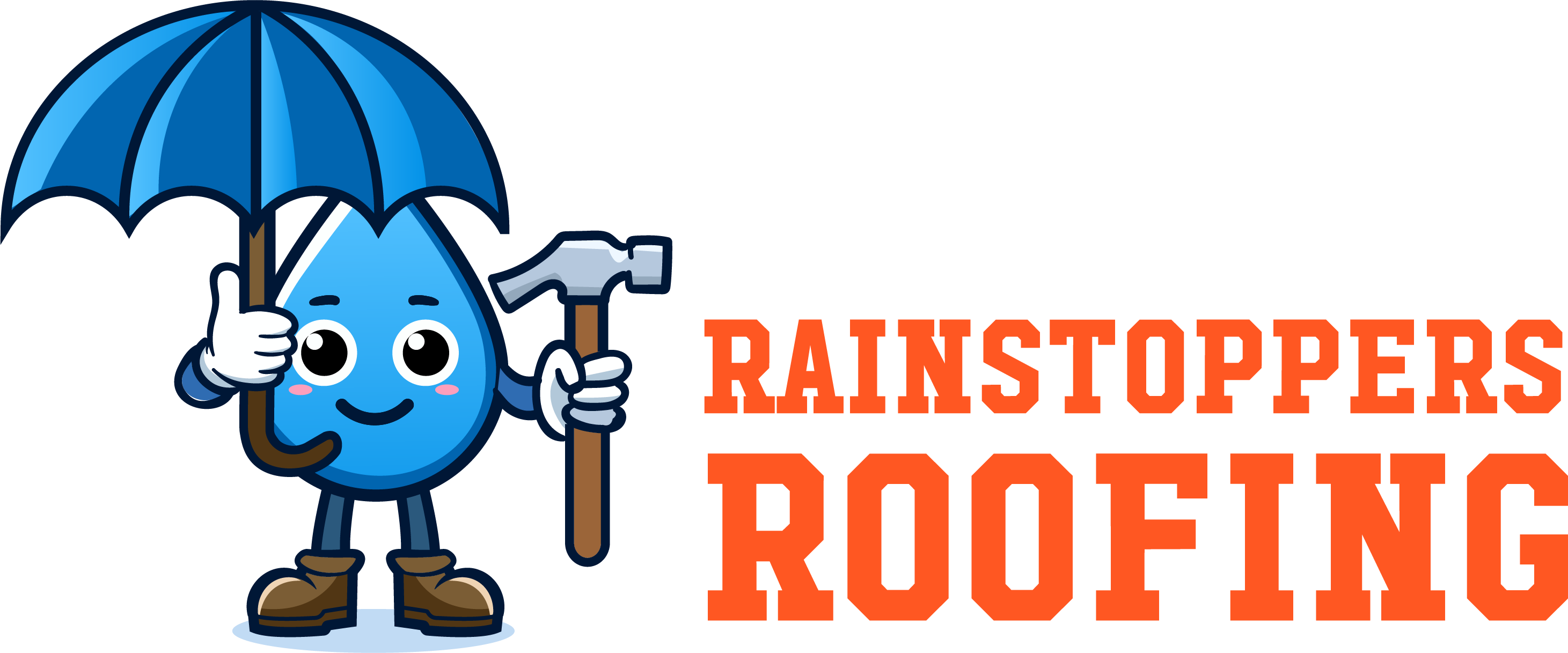
Locating a hidden roof leak can be frustrating, especially when the damage isn’t immediately visible. Rainstoppers Roofing shares tips to help homeowners pinpoint elusive leaks before they lead to costly repairs.
1. Identifying Early Signs of a Leak
Early signs of a roof leak include musty odors, water stains, and damp spots on the ceiling. These indicators suggest that water is finding its way inside, even if the exact point of entry isn’t obvious. Inspecting these initial areas carefully can provide clues on where to focus your search.
Unique Fact: According to the National Roof Certification and Inspection Association, approximately 90% of roof leaks occur at seams, chimneys, skylights, and vent pipes.
2. Examining Roof Penetrations
Roof penetrations—such as vents, chimneys, and skylights—are common leak points due to their difficulty to seal. Begin by inspecting these areas carefully to identify any cracks, gaps, or missing flashing, which could be allowing water to seep through.
3. Tracing the Water Path
If the source of the leak isn’t obvious, head to the attic with a flashlight. Look for water stains, mold patches, or black marks on rafters or roof sheathing. Mold is particularly useful in tracing leaks, as it only forms in damp conditions, making it easier to locate potential problem areas.
4. Simulating Rain
If dry conditions make it challenging to locate a roof leak, you can create a controlled environment to mimic a rainstorm using a garden hose. With a helper positioned inside the attic, systematically soak individual sections of the roof, focusing on one area at a time. This method allows you to carefully observe where water starts to drip inside, pinpointing the exact location of the leak. By taking a methodical approach, this technique helps uncover hidden leaks, ensuring they are addressed before causing further damage to your home.
5. Making Minor Repairs
Once you’ve identified the source of a roof leak, assess whether a straightforward solution, such as replacing a damaged shingle, sealing a gap, or applying new flashing, is sufficient to address the issue. Small repairs can often be managed with basic tools and materials. However, if the leak is extensive, the damage is widespread, or the repair requires advanced skills or equipment, it’s best to contact professional roofing services. Experienced roofers can ensure the problem is thoroughly resolved, preventing further complications and safeguarding your home from future water damage.
Addressing Roof Leaks Before They Escalate
Identifying and resolving leaks at an early stage is crucial for preventing extensive and costly damage while extending the lifespan of your roof. Left unaddressed, even minor leaks can lead to significant structural issues, mold growth, and compromised insulation. Rainstoppers Roofing specializes in professional leak detection, expert repairs, and full roof replacements, providing homeowners with peace of mind and long-term protection against water intrusion. With our reliable services, you can ensure your home remains secure, dry, and well-maintained for years to come.
FAQs
1. What are common signs of a roof leak?
Musty odors, water stains, and ceiling dampness are common signs of leaks.
2. How do I locate a leak in dry weather?
Simulate rain with a garden hose, having a helper observe from inside to trace leaks.
3. Can I fix small roof leaks myself?
Yes, minor leaks can be fixed with basic tools, but consult a professional for larger issues.To learn more about how to prevent water damage on a flat roof, click here.
